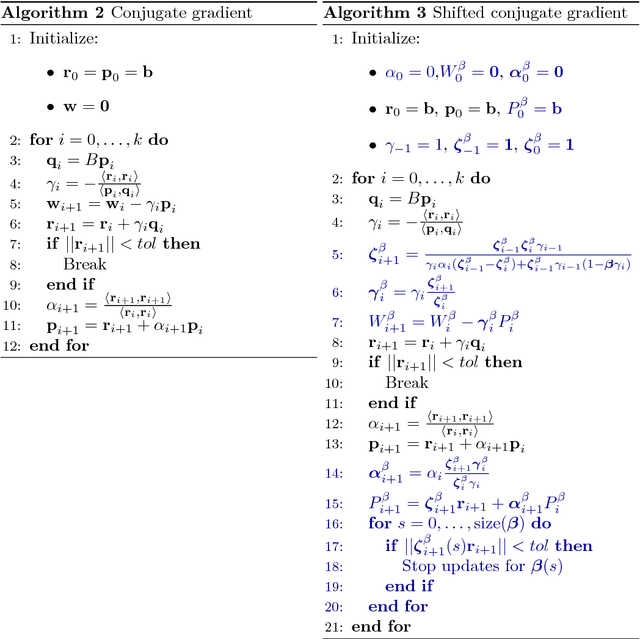Joerg Kurt Wegner
ReacLLaMA: Merging chemical and textual information in chemical reactivity AI models
Jan 30, 2024Abstract:Chemical reactivity models are developed to predict chemical reaction outcomes in the form of classification (success/failure) or regression (product yield) tasks. The vast majority of the reported models are trained solely on chemical information such as reactants, products, reagents, and solvents, but not on the details of a synthetic protocol. Herein incorporation of procedural text with the aim to augment the Graphormer reactivity model and improve its accuracy is presented. Two major approaches are used: training an adapter Graphormer model that is provided with a GPT-2-derived latent representation of the text procedure (ReacLLaMA-Adapter) and labeling an unlabeled part of a dataset with the LLaMA 2 model followed by training the Graphormer on an extended dataset (Zero-Shot Labeling ReacLLaMA). Both methodologies enhance the discernment of unpromising reactions, thereby providing more accurate models with improved specificity.
Fast semi-supervised discriminant analysis for binary classification of large data-sets
Mar 01, 2018



Abstract:High-dimensional data requires scalable algorithms. We propose and analyze three scalable and related algorithms for semi-supervised discriminant analysis (SDA). These methods are based on Krylov subspace methods which exploit the data sparsity and the shift-invariance of Krylov subspaces. In addition, the problem definition was improved by adding centralization to the semi-supervised setting. The proposed methods are evaluated on a industry-scale data set from a pharmaceutical company to predict compound activity on target proteins. The results show that SDA achieves good predictive performance and our methods only require a few seconds, significantly improving computation time on previous state of the art.
 Add to Chrome
Add to Chrome Add to Firefox
Add to Firefox Add to Edge
Add to Edge